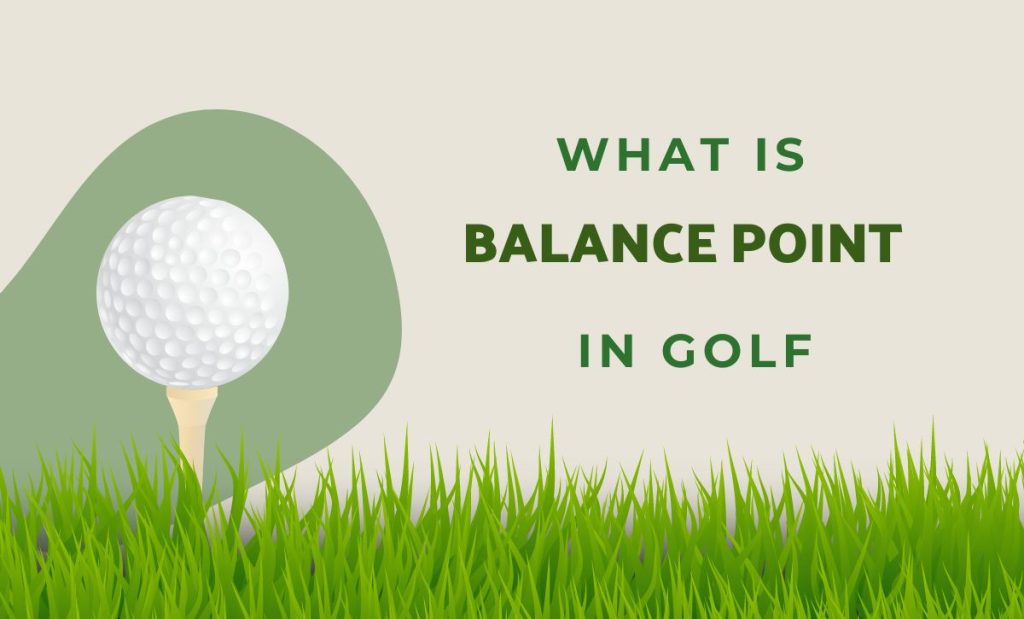Backspin, also known as underspin or slice, is a crucial element in golf, significantly impacting a ball’s trajectory, distance, and behavior on the green. Understanding and mastering backspin can elevate your golf game and help you achieve consistent, impressive shots.
What is Backspin?
Backspin is a rotational force imparted on a golf ball as it is struck, causing it to spin backward during its flight.
This rotation is achieved by striking the ball with a descending blow, using a club with a higher loft angle.
The dimples on the surface of the golf ball interact with the air, creating a low-pressure area above the ball and a high-pressure area below.
This pressure differential generates an upward force known as the Magnus effect, lifting the ball and extending its flight path.
Benefits of Backspin
Backspin offers a multitude of benefits for golfers of all skill levels:
- Increased Distance: Backspin significantly enhances the distance a golf ball can travel. By lifting the ball and reducing spin-induced drag, backspin allows the ball to stay in the air longer, maximizing its overall flight distance.
- Improved Accuracy: Backspin promotes a more predictable ball flight, reducing the likelihood of errant shots. The Magnus effect stabilizes the ball’s trajectory, making it less susceptible to wind gusts and side-spin.
- Greater Control on the Green: Backspin plays a vital role in controlling the ball’s behavior on the green. When a ball lands with backspin, it rolls less and stops more quickly, allowing for more precise approach shots and better control around the hole.
How to Generate Backspin
Generating backspin requires a combination of proper technique and club selection:
- Clubface Angle: The loft angle of the clubface significantly impacts backspin. A higher loft angle will impart more backspin on the ball.
- Impact Angle: Striking the ball with a descending blow, where the clubhead is moving downward at impact, further increases backspin.
- Ball Position: Positioning the ball slightly closer to the back foot promotes a more upward swing path, generating more backspin.
Factors Affecting Backspin
Several factors can influence the amount of backspin generated:
- Club Type: Irons, wedges, and hybrids typically produce higher backspin due to their lofted clubfaces. Drivers generate less backspin due to their shallower lofts.
- Swing Speed: A faster swing speed generally produces more backspin.
- Ball Condition: A worn-out ball with fewer dimples will generate less backspin compared to a new ball with deep dimples.
Mastering Backspin for Better Golf
Incorporating backspin into your golf game can significantly improve your performance:
- Practice Proper Technique: Regularly practice hitting the ball with a descending blow and using clubs with appropriate loft angles to generate consistent backspin.
- Analyze Results: Observe the ball’s flight path and note how much backspin is being generated. Adjust your technique accordingly to achieve the desired spin rate.
- Seek Guidance: Consult a golf instructor to receive personalized instruction on maximizing backspin and incorporating it effectively into your game.
Backspin is a fundamental aspect of golf that can transform your game, allowing you to hit longer, more accurate shots and control your ball with precision on the green.
By understanding the principles of backspin and practicing proper technique, you can elevate your performance and achieve greater success on the course.





